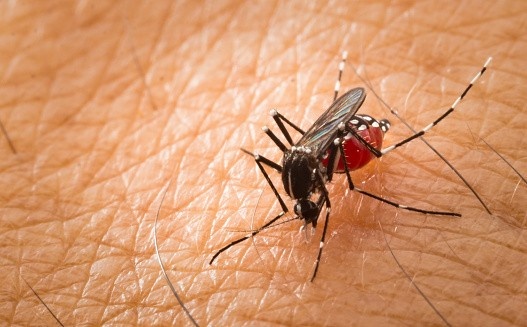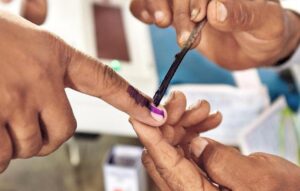Maharashtra Faces Surge in Vector-Borne Diseases Due to Early Rains

Maharashtra Faces Surge in Vector-Borne Diseases Due to Early Rains
Maharashtra has seen a sharp increase in vector-borne diseases during the first seven months of 2024. Health experts attribute this rise in dengue, chikungunya, and malaria cases to the early start of pre-monsoon showers, which have provided ideal conditions for mosquito breeding.
So far this year, Maharashtra has reported more than 9,000 cases of malaria from January through July. This is a notable increase from around 6,000 cases in the same period last year. Dengue cases have also surged, with over 5,700 cases recorded compared to 3,100 cases last year. The number of chikungunya cases has jumped from 300 last year to roughly 1,000 this year.
Dr. Mahendra Jagtap, a state entomologist, explained that the early pre-monsoon rains have set up perfect conditions for mosquitoes to breed. “The rains this year have made mosquito breeding grounds much more favorable, leading to an increase in vector-borne diseases,” Dr. Jagtap said. Notably, the state reported 1,755 dengue cases in the first week of May, well before the official monsoon season began.
Gadchiroli has been most affected by malaria, with 3,745 cases reported this year. The Brihanmumbai Municipal Corporation (BMC) has also reported a high number of malaria cases, totaling 2,852, and 966 dengue cases. Kolhapur leads in dengue cases among districts with 376 and also tops the list for chikungunya cases with 129. The city and its civic body together have reported 97 chikungunya cases.
Dr. Radhakishan Pawar from the National Centre for Vector Borne Disease Control Programme noted that 410 medical officers have been trained this year to handle and record these cases effectively. “This training helps improve the reporting and management of vector-borne diseases,” he said.
To address the increase in cases, the National Center for Vector Borne Disease Control has recommended several measures:
- PERSONAL PROPHYLACTIC MEASURES
- Use of mosquito repellent creams, liquids, coils, mats etc.
- Wearing of full sleeve shirts and full pants with socks
- Use of bednets for sleeping infants and young children during day time to prevent mosquito bite
- BIOLOGICAL CONTROL
- Use of larvivorous fishes in ornamental tanks, fountains, etc.
- Use of biocides
- CHEMICAL CONTROL
- Use of chemical larvicides like abate in big breeding containers
- Aerosol space spray during day time
- ENVIRONMENTAL MANAGEMENT & SOURCE REDUCTION METHODS
- Detection & elimination of mosquito breeding sources
- Management of roof tops, porticos and sunshades
- Proper covering of stored water
- Reliable water supply
- Observation of weekly dry day
- HEALTH EDUCATION
- Impart knowledge to common people regarding the disease and vector through various media sources like T.v., Radio, Cinema slides, etc.
- COMMUNITY PARTICIPATION
- Sensitilizing and involving the community for detection of Aedes breeding places and their elimination
The state is actively working to control the spread of these diseases and lessen their impact on public health. For more detailed vector control measures, visit the National Center for Vector Borne Disease Control.












